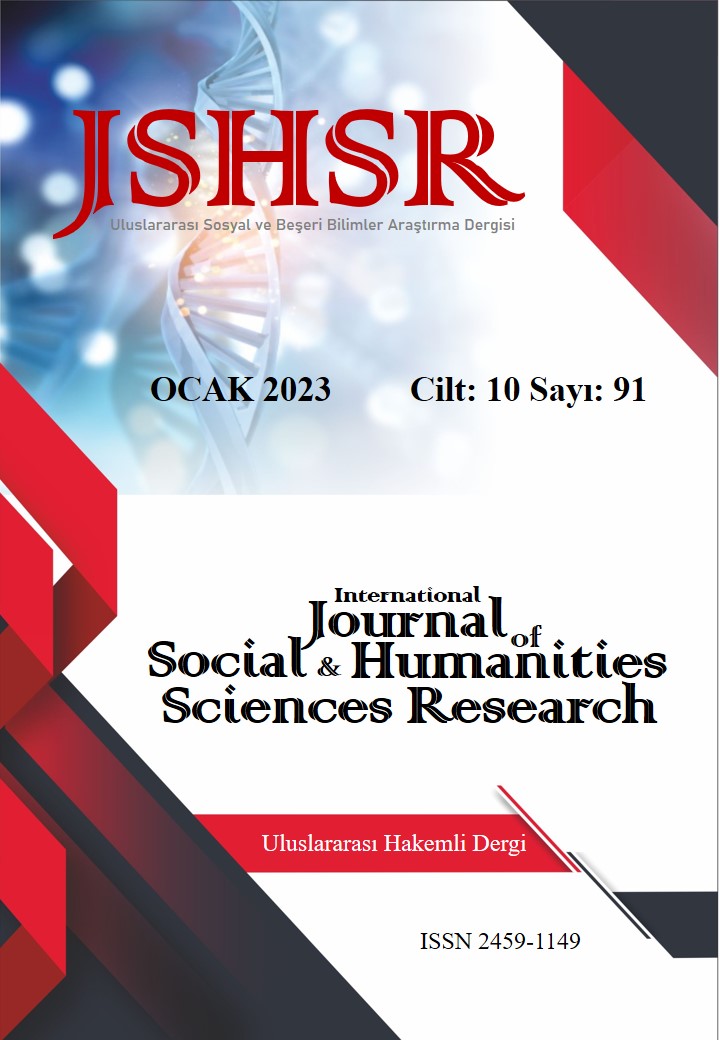LIVING HUMAN TREASURE HAMZA ÜSTÜNKAYA AND HIS WORKS
DOI:
https://doi.org/10.26450/jshsr.3391Keywords:
Handicrafts, Tile Art, Intangible Cultural Heritage, Living Human Treasure, Hamza ÜstünkayaAbstract
Tile art, which is an important field of traditional Turkish handicrafts, is a unique art branch that forms an important part of our culture and contains the characteristics of that period over the years. Iznik and Kütahya cities are important centers in tile production from the past to the present. One of the most important elements of the fact that tile art can still continue today with the same importance and traditions is the tile masters/artists who have grown up in this culture and transfer their knowledge with devotion. In 2020, Hamza Üstünkaya was awarded the title of Living Human Treasure by the Ministry of Culture and Tourism in accordance with Unesco's criteria, among the masters who still continue to produce today with the effort to transfer their experience, knowledge and skills to the new generation and to keep Kütahya tile making alive. One of the most important points for the protection and survival of the handicraft tradition, which is one of the Intangible Cultural Heritage areas, is the identification of the art that has the characteristics of heritage, and the other is the identification of the masters/artists who perform that art. Unesco defines these people who recreate, interpret and transmit elements of heritage as “Living Human Treasures”. According to this definition, the performer who keeps it alive is as important as the Intangible Cultural Heritage element. In this context, we tried to introduce the life and works of Hamza Üstünkaya, a Kütahya tile master who received the title of “Living Human Treasure” in 2020.
Downloads
Published
How to Cite
Issue
Section
License
Copyright (c) 2023 INTERNATIONAL JOURNAL OF SOCIAL HUMANITIES SCIENCES RESEARCH

This work is licensed under a Creative Commons Attribution 4.0 International License.


